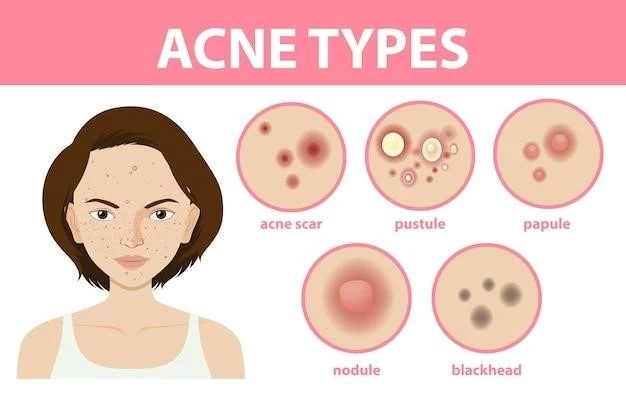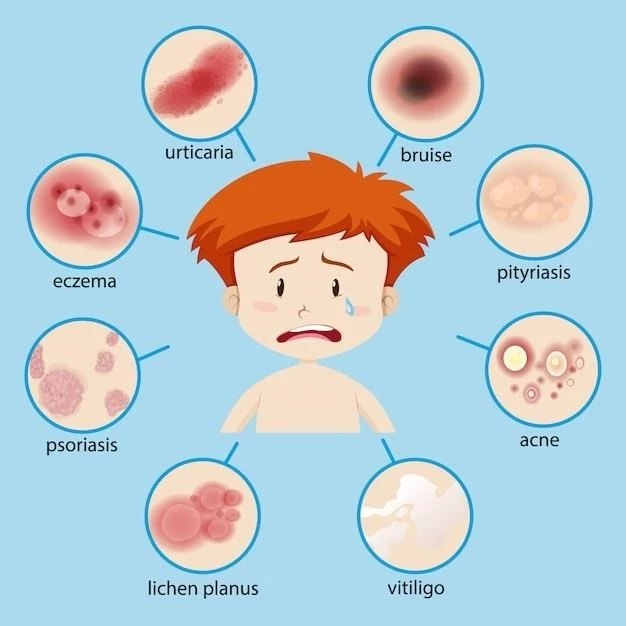When it comes to Cutis Gyrata, the causes and symptoms are crucial.
Causes of Cutis Gyrata
Cutis Gyrata can be caused by underlying genetic abnormalities or conditions like acromegaly or nevoid basal cell carcinoma syndrome.
Symptoms of Cutis Gyrata
The symptoms of Cutis Gyrata include thickening and folding of the skin, giving it a corrugated appearance, typically on the scalp or forehead. Some individuals may also experience neurological issues or vision problems.
Treatment Options for Cutis Gyrata Syndrome
Various medical treatments and supportive therapies can help manage symptoms.
Medical Treatments
Medical treatments for Cutis Gyrata may involve surgical procedures to reduce skin thickness, medications for associated conditions, and consultations with dermatologists or geneticists for personalized care.
Supportive Therapies
Supportive therapies for Cutis Gyrata may include regular monitoring by healthcare professionals, physical therapy to maintain mobility, and psychological support to address emotional well-being and coping strategies.
Understanding the Genetics of Cutis Gyrata
Inheritance patterns and genetic testing play key roles in diagnosis.
Inheritance Patterns
Cutis Gyrata can be inherited in an autosomal dominant or recessive manner, with specific genetic mutations contributing to the condition. Understanding the inheritance pattern is crucial in determining the risk of passing the condition to offspring.
Genetic Testing
Genetic testing for Cutis Gyrata involves analyzing specific genes known to be associated with the condition. This testing can help confirm a diagnosis, identify the genetic mutations present, and inform treatment strategies based on individual genetic profiles.
Cutis Gyrata in Infants⁚ What You Need to Know
Understanding how Cutis Gyrata presents in infants is crucial.
Early Signs and Symptoms
Early signs of Cutis Gyrata in infants may include thickened and wrinkled skin, particularly on the scalp, along with other features like neurological issues or developmental delays. Prompt recognition of these symptoms is essential for timely intervention.
Treatment Approaches for Infants
Managing Cutis Gyrata in infants involves a multidisciplinary approach, including surgical interventions to reduce skin folds, medications to address associated symptoms, developmental support, and regular follow-ups with healthcare providers to monitor progress and adjust treatment plans as needed.
Managing Cutis Gyrata Skin Changes
Tips for skincare and scar management can help with skin changes.
Skincare Tips
For individuals with Cutis Gyrata, gentle cleansing, moisturizing, and protection from the sun are essential elements of skincare routines. Avoiding harsh products and maintaining skin hydration can help manage skin changes associated with the condition.
Scar Management
Scar management strategies for Cutis Gyrata involve using specialized skincare products, silicone sheets, or patches to reduce scarring. Dermatologists can also recommend treatments like laser therapy or surgical interventions to improve the appearance of scars and enhance skin healing.
Cutis Gyrata⁚ Diagnosis and Prognosis
Early diagnosis and understanding prognosis are crucial for management.
Diagnostic Procedures
Diagnostic procedures for Cutis Gyrata may include skin biopsies, imaging studies like MRI or CT scans, genetic testing, and consultation with dermatologists and genetic specialists to confirm the diagnosis and understand the extent of skin changes and associated conditions;
Prognosis and Outlook
The prognosis for individuals with Cutis Gyrata varies based on the underlying cause, severity of symptoms, and response to treatment. Continuous monitoring, early intervention, and a supportive healthcare team can improve the outlook and quality of life for those affected by this condition.

Lifestyle Tips for Individuals with Cutis Gyrata
Emotional support and engaging in suitable physical activities are vital.
Emotional Support
Receiving emotional support from loved ones, support groups, or mental health professionals can help individuals with Cutis Gyrata cope with the challenges, boost self-esteem, and enhance overall well-being. Sharing experiences and feelings with others facing similar circumstances can provide comfort and encouragement.
Physical Activities
Engaging in suitable physical activities can contribute to overall health and well-being for individuals with Cutis Gyrata. Consultation with healthcare providers can help determine appropriate exercises based on individual capabilities and ensure safe participation in physical activities to maintain fitness and mobility.
Cutis Gyrata Research and Future Perspectives
Exploring current studies and future directions is key for advancements.
Current Research Studies
Ongoing research studies on Cutis Gyrata aim to deepen understanding, identify new treatment approaches, and improve the quality of life for individuals affected by this condition. Participation in research can pave the way for innovative therapies and better outcomes.
Future Directions
Future directions in Cutis Gyrata research focus on personalized therapies, advancements in genetic testing, and innovative treatment modalities to enhance outcomes and provide tailored care for individuals with this rare skin condition. Collaborative efforts among researchers, healthcare providers, and advocacy groups are crucial for driving progress in understanding and managing Cutis Gyrata.
